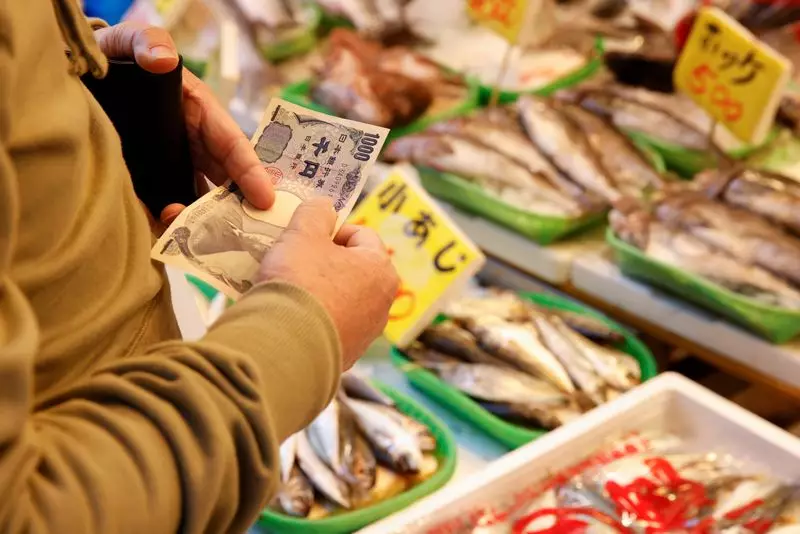Recent economic forecasts indicate a concerning trend in consumer inflation for Tokyo, with figures for November expected to exceed the Bank of Japan’s (BoJ) long-targeted threshold of 2%. This projected increase is attributed to a combination of rising food prices and the phasing out of fuel subsidies, reflecting broader economic pressures that merit close examination. According to a Reuters poll, the core consumer price index (CPI) in Tokyo is anticipated to rise to 2.1%, marking a significant uptick from the previous month’s figure of 1.8%. This situation highlights the delicate balance the BoJ must maintain as it seeks to navigate the complex economic landscape.
Central to this inflationary trend is the resurgence of food prices, particularly following recent increases in rice costs. Shunpei Fujita, an economist with Mitsubishi UFJ Research and Consulting, emphasizes that the growth in food prices is a critical driver behind the anticipated rise in CPI. As consumer purchasing power wanes due to increased costs, the ramifications could extend beyond merely inflated prices, potentially leading to shifts in consumer behavior and overall economic health. The impact of fading government subsidies is another crucial factor, as these measures previously alleviated some burdens for consumers. Their reduction threatens to compound the financial strain already being felt by households.
The significance of Tokyo’s CPI data cannot be understated, as it serves as a bellwether for national trends. The upcoming release of the November data on November 29 is eagerly awaited, particularly as it precedes the BoJ’s December policy-setting meeting. The nationwide core CPI has already shown signs of slowing, tapering to 2.3% in October from the 2.4% observed in September. Such indicators may prompt the BoJ to reassess its current monetary policies, which aim to achieve stable and sustainable inflation while stimulating economic growth.
Conversely, there is a silver lining to this economic narrative: Japan’s industrial output appears to have expanded robustly in October, with anticipated growth of 3.9%. This increase is chiefly driven by heightened production within chip manufacturing and transport equipment sectors. Such growth suggests resilience in certain industrial segments despite overall inflationary pressures. Furthermore, expected retail sales growth of 2.2% year-on-year adds to this sense of cautious optimism, showcasing that consumer spending may be robust in the face of rising costs.
Despite a slight uptick in the jobless rate—projected to rise to 2.5% in October—the overall labor market demonstrates resilience, with a steady jobs-to-applicants ratio of 1.24. This stability could play a crucial role in maintaining consumer confidence amidst rising inflation. As the upcoming data on employment trends and industrial output is released, stakeholders will be keen to assess how these factors converge in shaping Japan’s economic trajectory.
Tokyo’s evolving inflation landscape presents both challenges and opportunities. As policymakers and economists await crucial data releases, the interplay of rising prices, industrial robustness, and labor market dynamics will remain critical areas to watch, shaping the future of Japan’s economy in the coming months.

